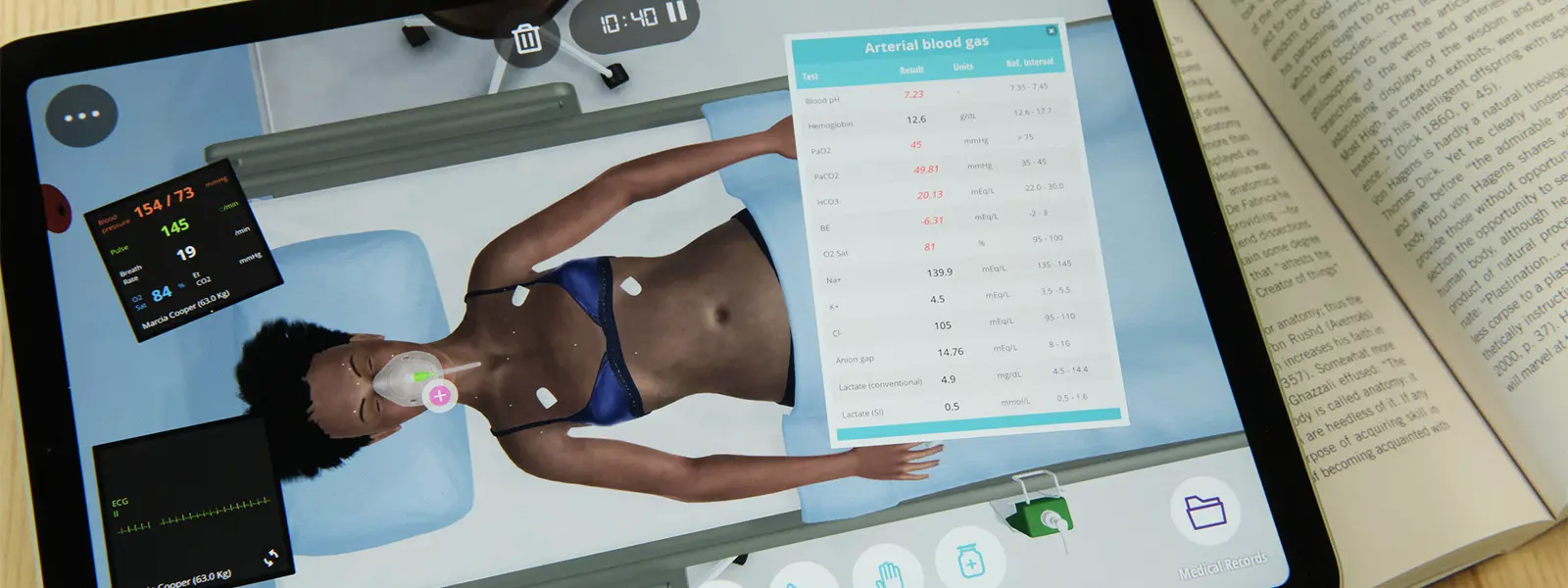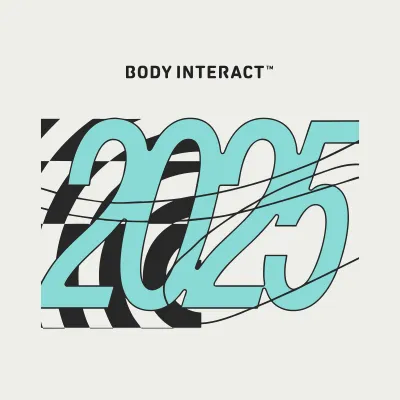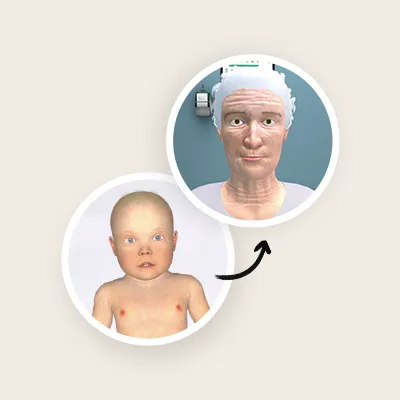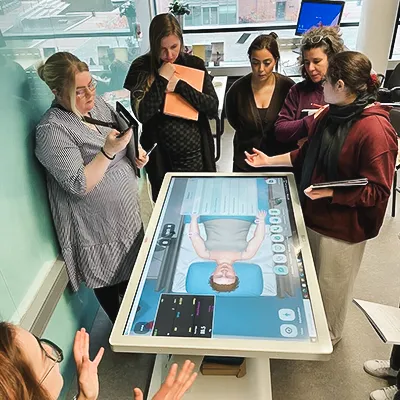Enhancing Healthcare Equity through Virtual Patient Scenarios: Body Interact's Impact on Medical Education
A sound health system depends on a diverse and well-prepared medical workforce. As our society becomes more diverse, medical education must adapt to ensure that future health professionals are equipped to meet the needs of all patients and provide the best quality of care. [1] In this article we show how Body Interact offers a practical approach to promoting Diversity, Equity and Inclusion (DEI) principles in medical curricula.
Challenges in Current Medical Education
Current medical training programs may not adequately prepare students for the complexities of working in a diverse healthcare environment. Research indicates that students are often unprepared to handle cultural differences, prejudices, and resilience, underscoring the need for a comprehensive approach to teaching intercultural education (IED) in medical schools.[1]
Integrating diversity-related topics into medical education is crucial for bridging this knowledge gap and fostering an inclusive environment. [2] A sense of belonging is also important for achieving positive outcomes for students.
Healthcare disparities are differences in access to facilities and services. This includes differences in rates of disease and disability between socioeconomic, racial/ethnic, geographically defined, and other groups. [3] Medical education can help bridge this gap by instilling a sense of social responsibility in aspiring healthcare professionals. Body Interact’s interactive scenarios offer students a unique opportunity to navigate diverse patient situations, promoting cultural competence.

The Role of Body Interact in Diversity Education
Body Interact, a state-of-the-art medical education platform, can be instrumental in integrating diversity education into medical curricula. This interactive tool enables students to interact with diverse patient scenarios, promoting a deeper understanding of the complex factors that influence healthcare outcomes. Body Interact equips students with the skills necessary to navigate the challenges of working in a diverse healthcare environment by simulating interactions with patients from various backgrounds.
Including diversity-related issues in medical education not only prepares future physicians to understand patients’ unique life stories but also cultivates a sense of respect and recognition for students’ individual experiences. Inclusivity is crucial for promoting positive student outcomes, such as academic success and persistence in the medical field.
Conclusion
Embracing diversity in medical education is indispensable for fostering a culturally competent healthcare workforce. Body Interact’s integration into curricula facilitates practical DEI education, enabling students to actively practice with patients of diverse races and promoting healthcare equity. By fostering inclusivity, medical education empowers students to become compassionate and effective healthcare professionals, contributing to the reduction of health disparities and enhancing the well-being of our diverse society.
References
1- Verbree, AR., Isik, U., Janssen, J. et al. Inclusion and diversity within medical education: a focus group study of students’ experiences. BMC Med Educ 23, 61 (2023). https://doi.org/10.1186/s12909-023-04036-3
2- LeBlanc C, Sonnenberg LK, King S, Busari J. Medical education leadership: from diversity to inclusivity. GMS J Med Educ. 2020 Mar 16;37(2):Doc18. doi: 10.3205/zma001311.
3- Brottman MR, Char DM, Hattori RA, Heeb R, Taff SD. Toward Cultural Competency in Health Care: A Scoping Review of the Diversity and Inclusion Education Literature. Acad Med. 2020 May;95(5):803-813. doi: 10.1097/ACM.0000000000002995.
By Ana Santa – MSN, APRN









